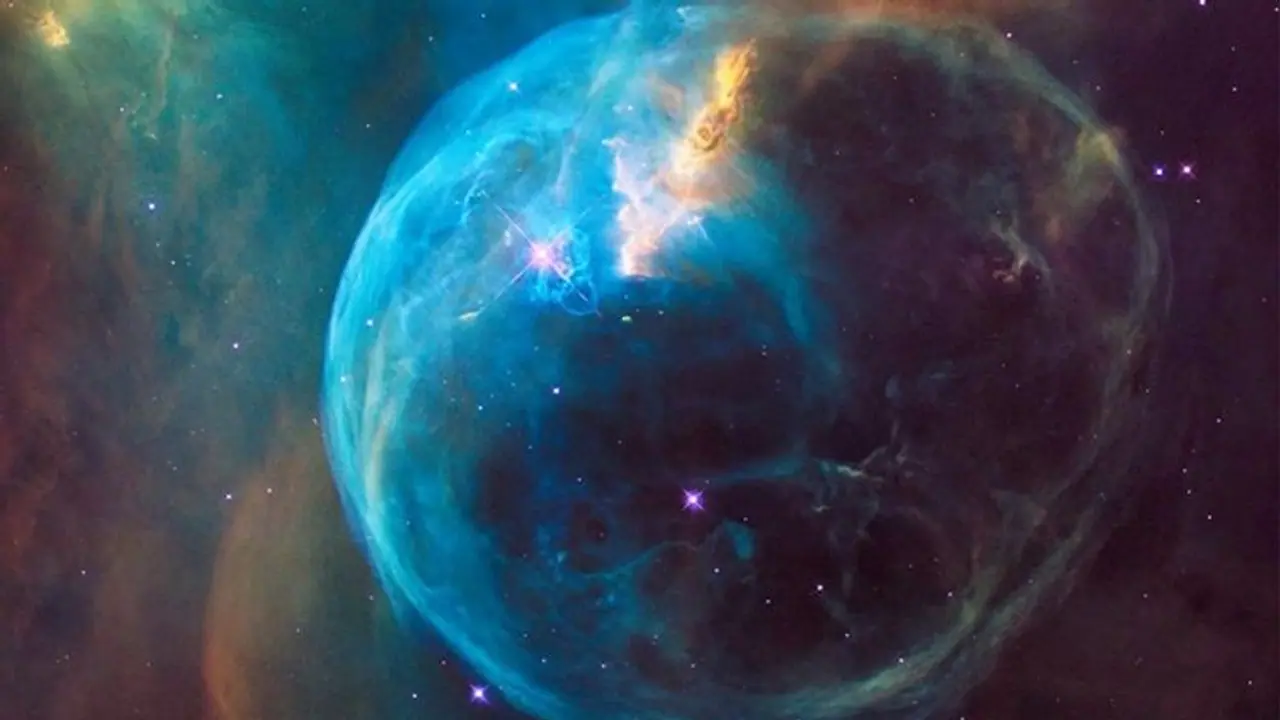While sharing the image, NASA wrote, "The cosmic bubble wrap is 7,100 light-years away in the constellation Cassiopeia. The Bubble Nebula is one of the most well-known star bubbles."
NASA recently shared another image of one of their recent discoveries, the Bubble Nebula. NASA's Hubble Space Telescope captured the image. The cosmic bubble wrap is located in the constellation Cassiopeia, 7,100 light-years from Earth. One of the most well-known star bubbles is the Bubble Nebula.

The breathtaking view of the cosmic bubble wrap is approximately 4 million years old and will explode into a supernova in 10-20 million years.
In their post, NASA said, "The Bubble Nebula is a seven-light-year-across nebula with a star 45 times more massive than our own. It is located 7,100 light-years from Earth in the constellation Cassiopeia."
The author continues, "Gas atop the star grows so hot that it escapes into space at a speed of 4 million miles per hour (6.4 million kilometres per hour); when the hot "stellar wind" meets the surrounding frigidity of space, it folds and creates an outer edge.
The dense columns of cool hydrogen gas and space dust can be seen in the upper left and centre of the photo, according to the description.
This nebula is depicted in visible light, highlighting its brilliant colours, hydrogen is green, oxygen is blue, and nitrogen is red.
In the description, NASA wrote, "Yellow and gold clouds in the upper left of the image fade to green as they meet the blackness of space. A blue and green bubble emanates from the centre, with a bright pink star and yellow clouds."
Also Read: NASA's new space tech can charge electric cars in just five minutes: All you need to know
Also Read: NASA's James Webb, Hubble Telescopes capture DART asteroid collision
Also Read: NASA's DART spaceship successfully strikes asteroid in first planetary defence test
